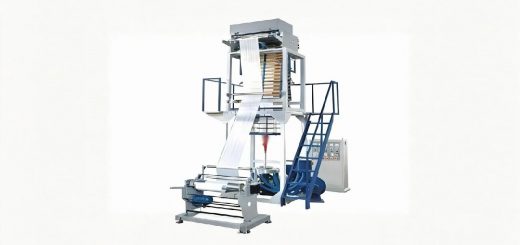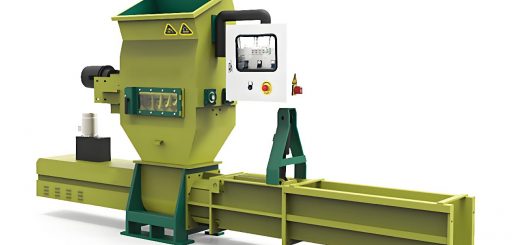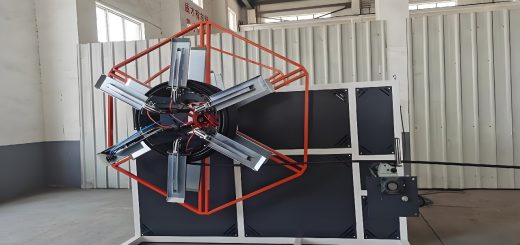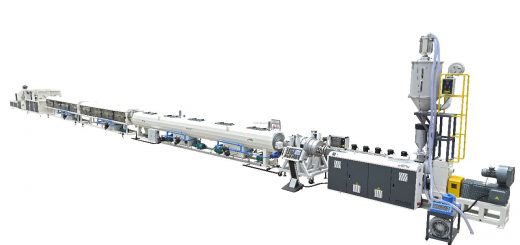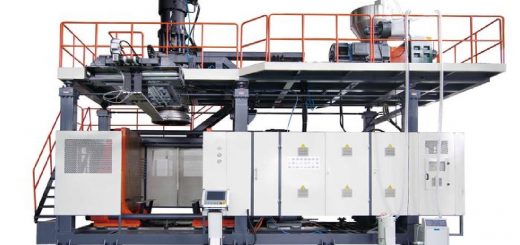Understanding the Role and Applications of a Tiller in Modern Agriculture and Gardening

What is a Tiller?
A tiller, also known as a rototiller or cultivator, is a mechanical tool designed to prepare soil for planting by breaking up compacted earth, mixing in organic matter, and creating a loose, aerated seedbed. It typically features rotating blades or tines powered by gasoline engines, electricity, or manual operation. Tillers vary in size, ranging from small handheld models for home gardens to large tractor-mounted units for commercial farming.
Applications of Tillers
- Home Gardening: Small electric or gas-powered tillers help homeowners cultivate flower beds, vegetable patches, and compost areas.
- Small-Scale Farming: Medium-sized tillers assist in preparing fields for crops like vegetables, grains, or legumes.
- Landscaping: Professionals use tillers to aerate lawns, remove weeds, or mix fertilizers into soil.
- Commercial Agriculture: Heavy-duty tillers attached to tractors prepare vast farmland efficiently.
- Orchards and Vineyards: Specialized tillers manage soil between tree rows without damaging roots.
Key Functions of a Tiller
- Soil Loosening: Breaks up hard soil to improve water absorption and root penetration.
- Weed Control: Uproots weeds during tilling, reducing competition for nutrients.
- Aeration: Enhances oxygen flow to plant roots by creating air pockets in the soil.
- Fertilizer Integration: Mixes compost, manure, or synthetic fertilizers evenly into the soil.
- Seedbed Preparation: Creates a smooth, leveled surface ideal for sowing seeds.
Types of Tillers
- Front-Tine Tillers: Lightweight and maneuverable, suitable for small gardens.
- Rear-Tine Tillers: Heavy-duty models with better power for tougher soil.
- Electric Tillers: Eco-friendly and quiet, ideal for urban gardens.
- Manual Tillers: Hand-operated tools for precise work in tight spaces.
Choosing the Right Tiller
Selecting a tiller depends on factors like soil type, plot size, and intended use. For instance, clay-heavy soil requires a powerful rear-tine tiller, while electric models suffice for raised garden beds.
Conclusion
Tillers are indispensable tools in agriculture and gardening, streamlining soil preparation and boosting crop yields. By understanding their types and applications, users can optimize land management for healthier plants and sustainable growth.


